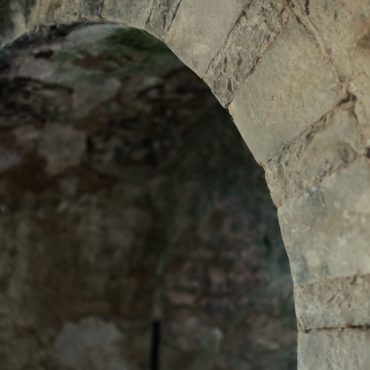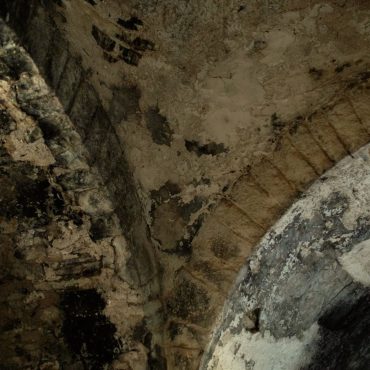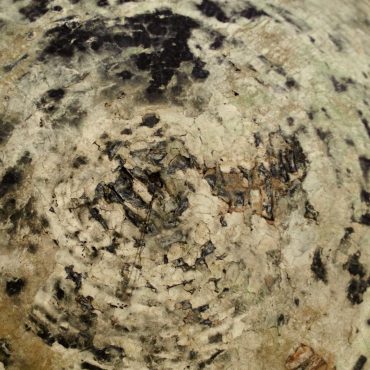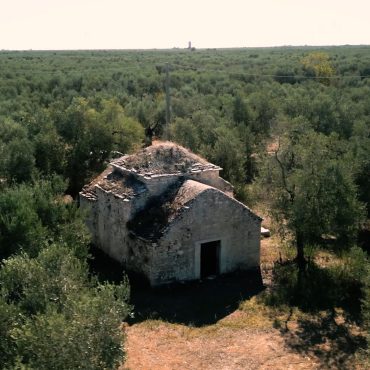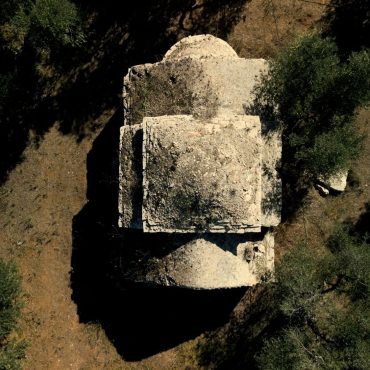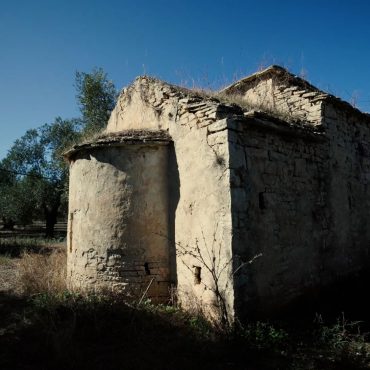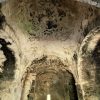
Chiesa di San Basilio
(9th century)
In the eighth century, a group of Basilian monks undertook the long and perilous journey to flee from the religious persecution of Byzantine iconoclasm. These monks belonged to the order of St. Basil and left their native lands of Syria and Egypt with hearts full of hope and faith. After crossing unknown foreign lands and facing countless diffitulties, the monks arrived in Puglia where they found shelter in caves and other such inhospitable places. Despite the adversity, the monks turned those arid cells into welcoming places of prayer and meditation through the perseverence of their devotion.
When the persecution ended in the middle of the ninth century, the monks came out of isolation and began to construct a stable future. They built monasteries, churches and schools, not just for themselves but for the local community that had welcomed them. Their dedication to work and prayer became the foundation of a new era of peace and prosperity.
They applied themselves to agriculture, tilling and ploughing the abandoned fields and planting new crops. One plant among all others inspired them: the olive tree. Its majestic beauty and precious fruits encouraged the monks to dedicate themselves wholeheartedly to its cultivation. In order to improve the production of olive oil, the Basilian monks had the idea of milling the olives in underground presses. Thanks to the commitment of the monks, the wide expanses of olive trees became a distinguishing feature of the landscape of Puglia.
The church of St. Basil, dedicated to the Bishop of Cesarea in Cappadocia, was built between the 9th and the 11th centuries according to the Tau cross with a semicircular apse. A dome covers the intersection of the arms, hidden from the outside by a roof that lets in sunlight. The outside of the church is covered in chiancarelle, thin calcareous stones used for building trulli. Inside the entrance are two recesses which most likely held sacred images. Unfortunately the current state of the building does not permit us to fully appreciate the beauty of this place.
